#episode: la purisima mission
Explore tagged Tumblr posts
Photo
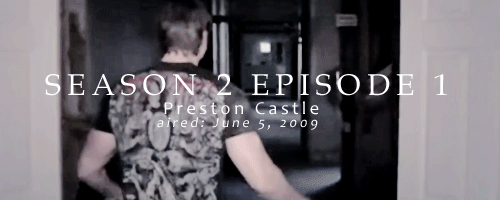
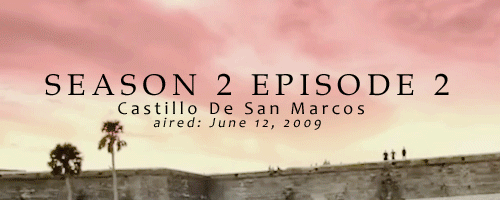
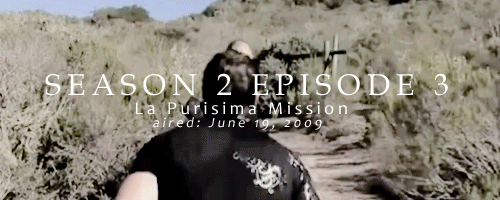
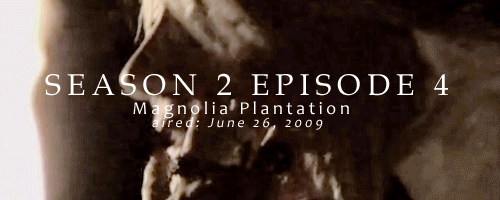
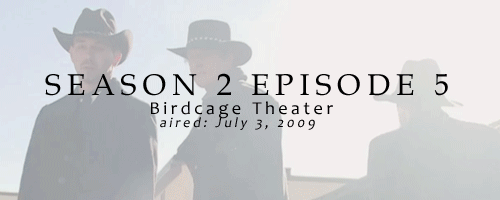
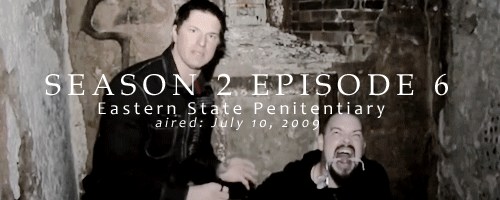

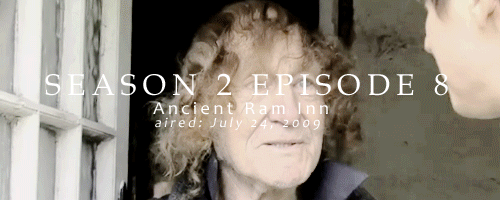
GHOST ADVENTURES SEASON 2 (June 5, 2009—July 24, 2009)
#ghost adventures#ghost adventures crew#zak bagans#nick groff#aaron goodwin#gacedit#gaedit#episode: preston castle#episode: castillo de san marcos#episode: la purisima mission#episode: magnolia plantation#episode: birdcage theater#episode: eastern state penitentiary#episode: moon river brewing company#episode: ancient ram inn
98 notes
·
View notes
Text
Essay 1: Explore the Lessons of Hauntings
On the outskirts of the city of Lompoc California lies La Pur��sima Mission State Historic Park. The original mission was founded on December 8th, 1787 by Father Presidente Fermin de Lasuén. In 1812, a series of major earthquakes, aftershocks and rainstorms destroyed the mission beyond repair. The mission was rebuilt in its current location, which was closer to the main travel route, El Camino Real. The mission appeared to prosper for a while, until rising tensions between the Chumash Indians and the soldiers at La Purísima reached a breaking point. The Chumash rebelled and took control of La Purísima, forcing the residents to relocate to Mission Santa Inez. Not more than a month later, Spanish soldiers took back control of the mission, leaving two soldiers wounded, one dead and 16 Indians dead. Seven more Chumash were executed for participating in the rebellion. La Purísima Mission never quite recovered before the missions were secularized.
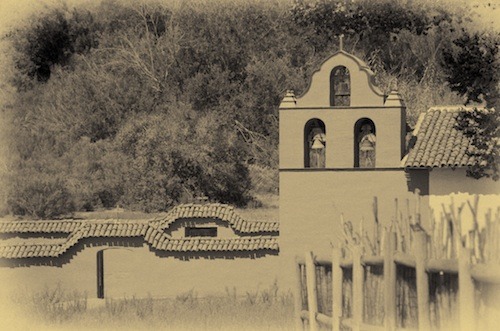

La Purísima Mission is currently a National Historic Landmark and living museum open to the public under the care of The California Department of Parks and Recreation. It is supposedly haunted, as visitors, docents and park rangers have reported seeing apparitions of small children, Chumash Indians, Father Mariano Payeras, and the ghost of Don Vicente. Ghost Adventures visited La Purísima to check out the hauntings and “experienced” something. I have visited the mission many times since I grew up in the city of Lompoc, and I have never experienced any hauntings there. So why do we have these stories and reports of hauntings?
These stories likely exist because of the sordid history behind La Purísima and the other Franciscan Missions. Chumash Indians are seen because so many died from the diseases the Spaniards brought with them or due to those who were killed during the rebellion. Some may see it as how Annalee Newitz explains it, “the idea that communities murdered by colonialism can linger on, half-alive, and refuse to leave the living remainder alone” (Newitz, 2006). Even though it was the Spanish who colonized the West first, it was much the same as the English did in the Eastern US. The Chumash Indians were force to convert to the Spaniards way of life and religion in order to continue living in the area. Newitz describes this as the whites seeing the natives as savages with a “dead civilization” and themselves as the superior race (Newitz, 2006). The ghosts of these Chumash Indians represent the history of the land and atrocities that took place in the name of colonization.
But this does not explain the ghosts of the small children or the Spanish padre and man living at the mission. Colin Dickey gives us a possible answer for theses spirits lingering. He simplifies Gaston Bachelard’s theory of leaving our memories in places we inhabit and making it a “memory palace” (Dickey, 2016). Since Father Payeras and Don Vicente lived at La Purisima during its height of prosperity, they may have left enough of themselves behind to linger as spirits. However, some may argue that Don Vicente was murdered there and only half of Father Payeras is interned at La Purísima which has made their spirits restless and unable to seek the peace of the afterlife (Hauck, 2002). The children may be still haunting the mission because they died very young from a smallpox epidemic (Hauck, 2002) and were buried below the old Spanish tile flooring in the church (Jervis, 2012).
La Purísima Mission does not house people anymore, so as Dickey asks, “why do ghosts linger when buildings empty of living people?” (Dickey, 2016) These ghosts represent pieces of our ancestries and pasts. The problem is the past and how the Spanish did not see the Chumash as their equals, which created a division of people, also known as the class system. Even back in the 1800s, some people were seen above others and everyone happened to be above the natives. The division of class caused rifts between the people which can carry on into the afterlife. Dickey also says “though ghosts may be specific to the places they haunt, they can reflect larger preoccupations and concerns of their time and place, echoing the anxieties of a community and its people” (Dickey, 2016). But is this the only reason they remain? Another explanation may be that the mission was mainly used for the Spanish to gain footholds in the new world and bring Catholicism to the natives. Architecture can play a big part in hauntings and the church was usually the main building of the missions. The church represents a higher power and forces the morality of religion on individuals.
Dickey also says “ghost stories are a way for us to revel in the open wounds of the past while any question of responsibility for that past blurs, then fades away” (Dickey, 2016). The history of La Purísima Mission, and the rest of the California Franciscan Missions, is taught in California’s schools, but it is not the whole history. The history that is known today has been passed down through the “respected” channels, like accounts written from the Spaniards living at the missions during their prime. Though most of the history is accurate, I wonder how much is missing or has been changed to create a more tolerable story. Realistically, the truth about the Chumash ghosts has been lost because they weren’t considered important to the Spanish. The Chumash were considered replaceable, which could possibly have led to a reason for them not passing on into the afterlife.
The story behind La Purísima Mission is much the same as other stories involving Native American Indians across the United States. While details may vary for each story, they are all cautionary tales for us to learn from. If we continue to see other races, genders, or simple differences as below or less than us, then we are no better than our ancestors. Hauntings represent the worst of our histories and though modern society enjoys viewing it as entertainment, they really are lessons. And just like the lessons we learn as children, these haunted lessons and messages need to stay with us throughout our lifetime and be passed on to future generations.
If you want there is a Ghost Adventures episode about the haunting of La Purisima Mission (Season 2 Episode 1)
https://www.travelchannel.com/videos/recap-la-purisima-0160264
Works Cited
Dickey, C. (2016) Ghostland: An American History in Haunted Places. New York: Penguin books
Hauck, D. W. (2002). Haunted places: The national directory: Ghostly abodes, sacred sites, UFO landings, and other supernatural locations. New York: Penguin Books. Retrieved March 27, 2018, from https://books.google.com/books?id=kAK1p91zJEwC&pg=PA51&lpg=PA51&dq=la purisima mission haunted&source=bl&ots=u3Th5JD9Ap&sig=7AUf-YMzNmHarjqpJd-OtnzB8V0&hl=en&sa=X&ved=0ahUKEwi4k-Dfmo_aAhXrz4MKHUMHD504HhDoAQhEMAY#v=onepage&q=la purisima mission haunted&f=false.
Jervis, L. (2012, February 05). Spooky stories haunt La Purisima Mission. Retrieved March 27, 2018, from http://lompocrecord.com/news/local/spooky-stories-haunt-la-purisima-mission/article_7c10ba06-4fbc-11e1-b3df-0019bb2963f4.html
Newitz, Annalee. “The Undead: A Haunted Whiteness.” Pretend We’re Dead: Capitalist Monsters in American Pop Culture. Duke: 2006
0 notes